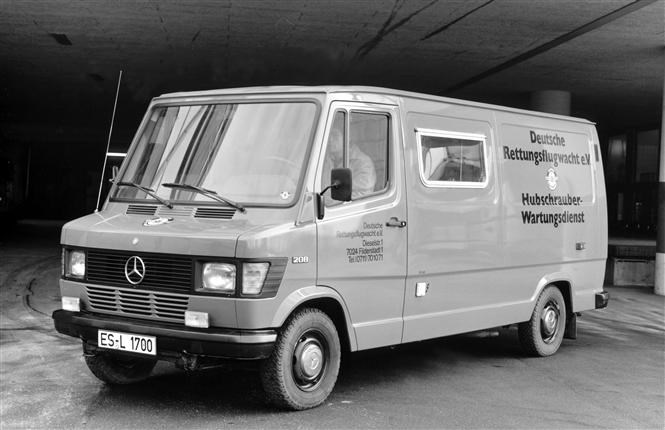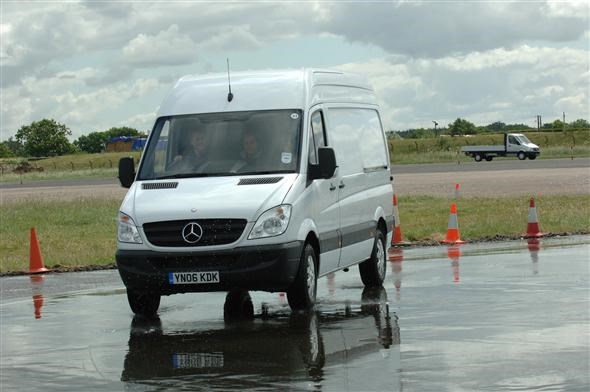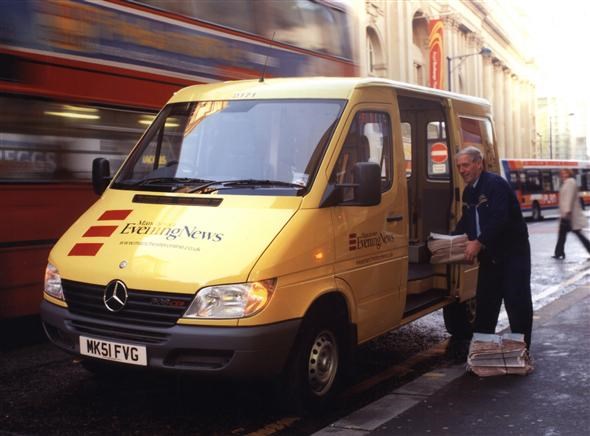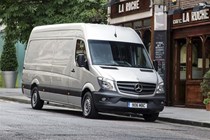Merc’s entry to the ‘big van’ market is clearly a fans’ favourite, commanding around 20% of the European market. The Sprinter quickly made a name for itself upon its launch in 1995 through solid build quality, and today boasts some of the highest residual values in the business.
In the ‘Parkers Guide to the Mercedes-Benz Sprinter’, we take a look back at the history of the van, its strengths and what makes it the van to have in the heavy duty market.
Life before Sprinter

The Sprinter is a common, and an immediately recognisable, sight on Britain’s road but unlike other iconic commercials such as the Transit, the Transporter and the Hilux, the Sprinter earned its reputation as a strong and capable performer over a very short length of time. It’s hard to imagine that the ‘Sprinter’ name meant nothing to the van world as little as 20 years ago.
However, the Sprinter wasn’t exactly a black canvas as Merc’s expertise in the market goes back a lot further. The TN, the Sprinter’s predecessor, first hit the market in 1977 and was largely developed by Merc’s truck engineering team, and the TN quickly built up a reputation as a strong, heavy duty van.
The first generation
While retaining the solid characteristics of the TN, the Sprinter was also a lot more fun and comfortable to drive and for a short time was the fastest panel van on the market. The Sprinter was also the vehicle that introduced ABS to vans and its modern and sleek look gave it great kerb appeal.
It was no surprise then when the Sprinter was announced as the International Van of the Year in 1995, it would go on to become a top seller across the continent. By the turn of the century, the Sprinter was dominating the heavy van segment and became the first European-designed van to be assembled in the US.
The second generation

After 10 years, the Sprinter was the oldest van in the heavy duty sector and was starting to look a little long in the tooth. It was no surprise, then, when the all-new Sprinter was launched in 2006. With a range of more efficient and powerful engines, and more refined chasses, the second generation was head and shoulders in front of the competition at the time.
In 2013, the Sprinter was updated again with a host of safety equipment including Crosswind Assist, Collision Prevention Assist, Blind Spot Assist, Highbeam Assist and Lane Keeping Assist. Running costs were reduced further with aid of the ASSYST maintenance calculation system.
Unlike most of the competitors, there is just the one trim level which includes a generous amount of kit as standard, including variable speed limiters, MP3 player with Bluetooth connectivity for phones, twin side loading doors, multifunctional steering wheel and a trip computer.
Just so you know, we may receive a commission or other compensation from the links on this website - read why you should trust us.








